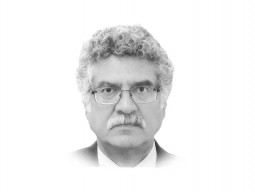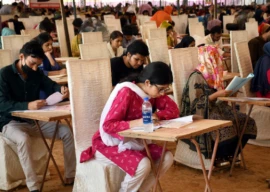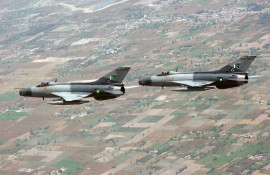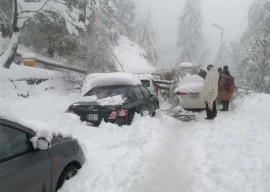Let us take a seemingly minor but very telling example: population in the North Waziristan Agency. According to Fata’s official website, the population of North Waziristan is 361,246, while according to a recent interview of the Federal Minister for States and Frontier Regions (SAFRON), Lt General (R) Abdul Qadir Baloch and other media sources, the number of IDPs is 800,000. According to other unconfirmed sources, this number has passed one million, while approximately 100,000 people went to Afghanistan. The agency hasn’t been evacuated completely. In fact, only two areas, Miramshah and Dattakhel, have apparently been evacuated. Another area, Shawal, is being asked to evacuate now by the military. The rest of the agency is almost untouched or at least officially not asked for evacuation. The number of IDPs is confusing and misleading at the same time because it doesn’t match the actual population of the area. The actual number is actually almost thrice of what is being reported.
Precisely, what proportion of the population evacuated and who still remains there? These are important questions that require serious consideration for two reasons. One, to be able to understand the true impact of the ongoing military operations in the region and two, to be able to understand long-term changes in the region with recourse to data rather than just opinion.
The army claims to have killed more than 400 militants so far, but who are they, what are their profiles, which organisations were they part of? It is almost impossible to verify and the authenticity of the claims made by the ISPR about the identity of the people killed so far and it will remain just that — claims — until independently verified by the media. The media is relying primarily, if not solely, on the government and security agencies’ sources and according to a recent research, the national media used 67 per cent either military or other government agencies’ sources for Fata-related news, prior to the operation.
We don’t have accurate information about Fata because for many decades, successive governments were not interested in understanding the region, or because they actively wished to construct an image of Fata as an unruly, wild place within Pakistan but yet outside of it. What we can ascertain right away is that this lack of basic demographic data about the tribal areas has allowed the military considerable flexibility in carrying out various kinds of operations, overt and clandestine, over the last decade.
Published in The Express Tribune, August 29th, 2014.
Like Opinion & Editorial on Facebook, follow @ETOpEd on Twitter to receive all updates on all our daily pieces.
COMMENTS (1)
Comments are moderated and generally will be posted if they are on-topic and not abusive.
For more information, please see our Comments FAQ
1726117332-0/Megan-Thee-Stallion-(1)1726117332-0-405x300.webp)










1735025557-0/Untitled-(96)1735025557-0-270x192.webp)







The area is cleaned. Read more at: http://www.nation.com.pk/editorials/16-Aug-2014/mystery-in-parachinar http://www.viewpointonline.net/2014/07/vp213/haqqani-network-quietly-shifted-to-kurrum-agency-shia-sunni-strife-likely-to-grow/3893-haqqani-network-quietly-shifted-to-kurrum-agency-shia-sunni-strife-likely-to-grow http://project-pakistan.com/haqqnis-new-home-parachinar/ http://www.atimes.com/atimes/South_Asia/MH09Df01.html http://online.wsj.com/articles/militants-slip-away-before-pakistan-offensive-1405637710